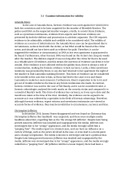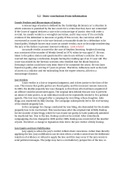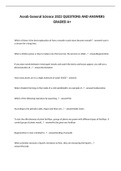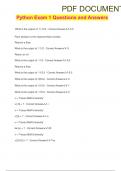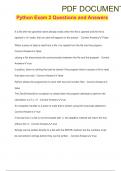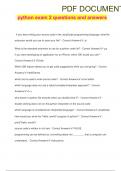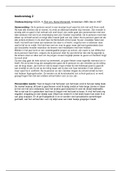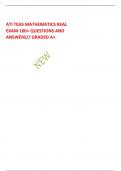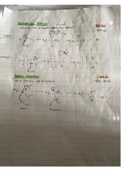Exam (elaborations)
Criminology Unit 3 3.1 Model Answer
- Course
- Institution
This is a document is a full mark model answer for Criminology Unit 3 (Crime scene to courtroom) 3.1. This can be used as inspiration for your brief for the controlled assessment, or taken into the controlled assessment for guidance. WARNING: you may be disqualified from the exam for plagiarism if ...
[Show more]
